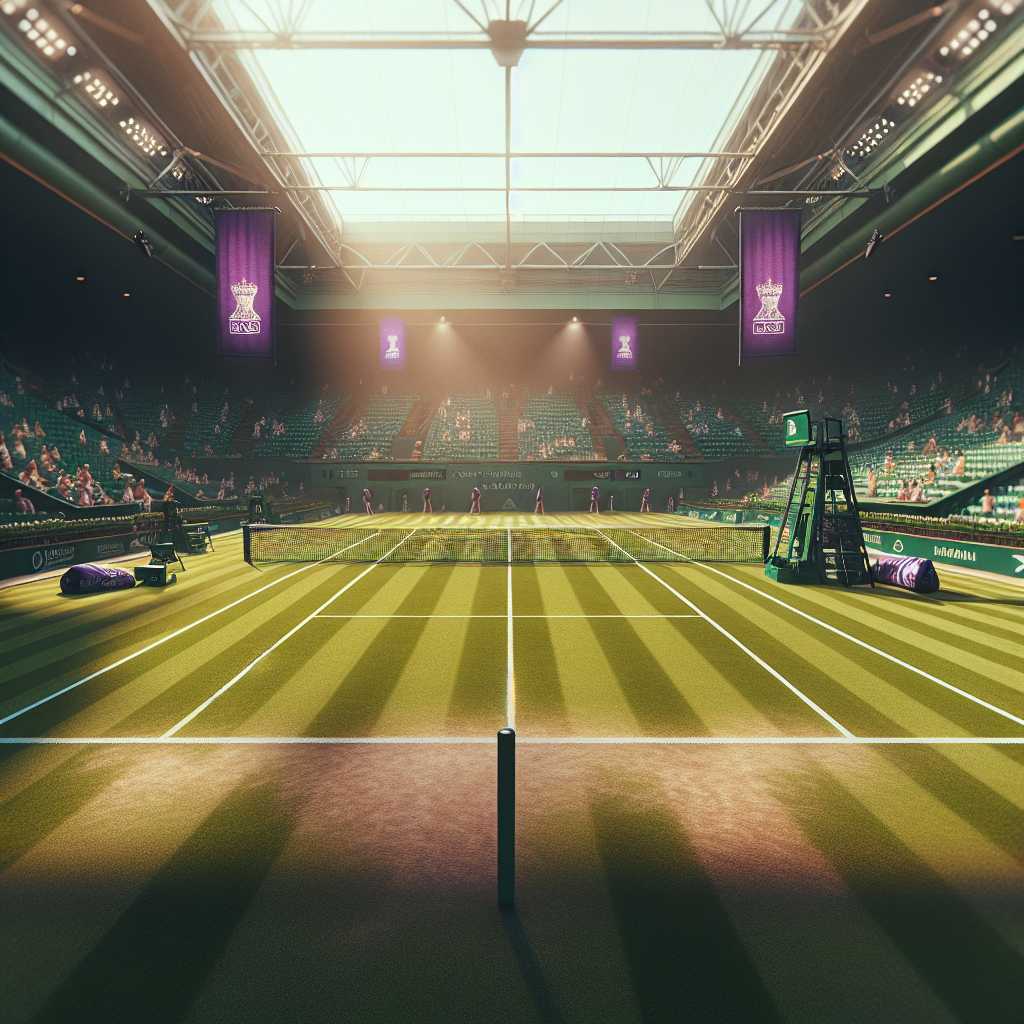The Tradition and Prestige of Wimbledon: An Overview of the World’s Oldest Tennis Tournament
Wimbledon is not just a tennis tournament; it’s an institution steeped in history, tradition, and athletic excellence. Known formally as The Championships, Wimbledon, it is the oldest and arguably the most prestigious event in the sport of tennis. Hosted in the London suburb of Wimbledon since 1877, it is one of the four Grand Slam tennis tournaments, alongside the Australian Open, the French Open, and the U.S. Open.
Historical Beginnings and Evolution of The Championships
The Roots of Wimbledon: From Croquet Ground To Tennis Giant
Wimbledon’s origins can be traced back to a croquet lawn of the All England Lawn Tennis and Croquet Club. Tennis was added to appeal to a broader audience and soon overshadowed croquet in popularity. The first Championships, held in 1877, were men’s singles events, with Spencer Gore becoming the inaugural winner.
Over the years, the event expanded to include women’s singles, men’s doubles, and mixed doubles; later on women’s doubles also became part of the official tournament. Successive championships saw improvements in facilities and infrastructure, helping to handle larger numbers of spectators and more sophisticated media coverage.
The Tournament Structure and Format Changes Through Time
As tennis evolved so did Wimbledon. It adapted from best-of-three sets for men to best-of-five and introduced tie-break games. The tournament originally consisted of just a knockout structure but established seeding procedures in 1927 to ensure that top players didn’t meet too early in the competition.
The Symbolism of Grass Courts: Tradition Meets Modern Play
Grass courts are one of the defining characteristics of Wimbledon. As the only Grand Slam still played on grass, this surface demands different skills from players due to its fast pace and low bounce. Maintaining these grass courts is a year-round job, reflecting the dedication of Wimbledon to preserve its heritage while also being prepared to adapt technologically – with features like a retractable roof installed over Centre Court in 2009.
Wimbledon Traditions: Maintaining Elegance and Decorum
All White Apparel Policy: A Signature Aesthetic
One of the most distinguishing traditions at Wimbledon is its strict all-white dress code for participants. Players must wear predominantly white attire that adheres to strict guidelines – a rule enforced with remarkable rigor. This emphasis on attire adds to both the visual elegance and nostalgic essence of this sporting event.
Strawberries and Cream: A Culinary Staple
Subtler but no less integral are customs like serving strawberries and cream, since this seasonal fruit coincides with the championships. This terrestrial treat has become synonymous with Wimbledon and serves as not just nourishment but as part of the Wimbledon experience for spectators.
The Role of Royalty and A-List Patrons
Royalty often grace Wimbledon with their presence, most notably in the Royal Box at Centre Court – a tradition that began with King George V in 1910. Celebrities across various fields also frequently partake in watching matches at Wimbledon, adding further allure and status to every match.
Modern Era Challenges and Transformations
Ensuring Compliance With Contemporary Ethos: Gender Equality Measures
In recent decades, Wimbledon organisers have taken steps towards gender parity. After long discerning calls for equity from players and public alike, 2007 marked a significant shift when they awarded equal prize money to both male and female competitors across all rounds.
Implementing Technological Innovations for Refinement
While respecting its storied past, Wimbledon embraced technological progression for precision in officiation by incorporating Hawk-Eye technology. Hawk-Eye allows line calls to be disputed effectively by both players and officials — evolving both player satisfaction and fan engagement.
Impact on Local Community and Urban Development Planning
Wimbledon attracts thousands of visitors each year to Southwest London—an impact evident during tournament season when businesses thrive from increased patronage. Additionally, infrastructure in areas around Wimbledon often experiences expansion and modernisation efforts to manage augmented movement during, before, and after the championships.
